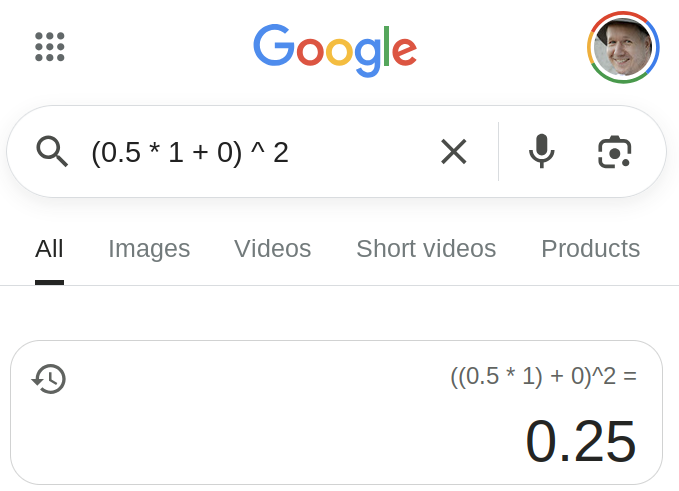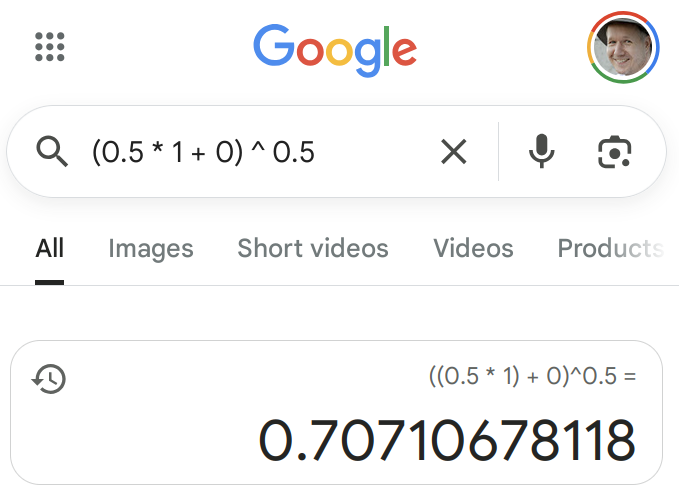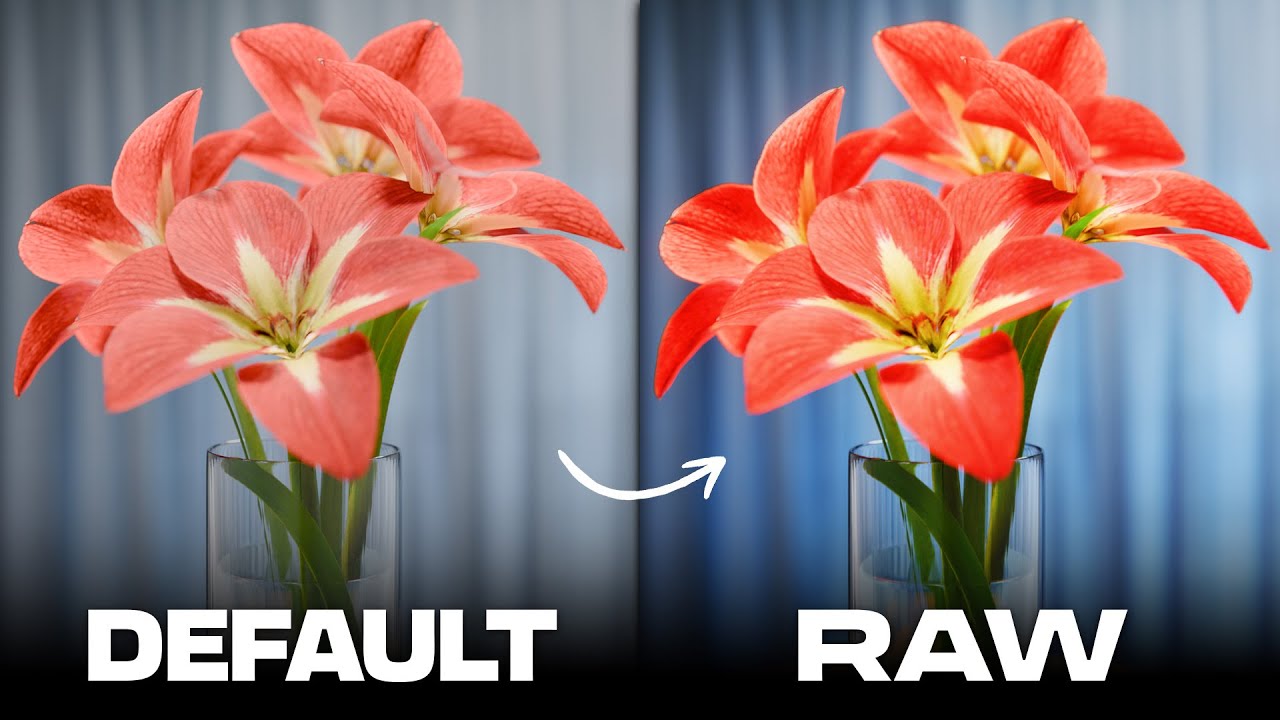Hello,
Thanks for taking the time for a detailed write-up.
While it would be possible to physically rearrange sliders as you suggest, the current layout, namely the separation of the look controls, is important, as they are applied after the the curve.
I suggest that you read the documentation, where the steps are laid out in detail (this has been posted several times): dtdocs/content/module-reference/processing-modules/agx.md at agx · kofa73/dtdocs · GitHub
The curve will not be made always visible, as people with lower-resolution screens already have a hard time with the module. As it has been mentioned, once you expand it, it remains expanded, even if you restart darktable.
The exposure range is defined by the black and the white level; the pivot has nothing to do with that (only that it’s somewhere between those two).
pivot input shift → midtones brightness: no, this is not a brightness adjustment. It defines where the contrast is highest. Yes, if you shift it, it influences brightness (if you keep the y coordinate constant), but the y coordinate is an actual output (luminosity) control. BTW, ‘brightness’ is something we humans perceive (it’s non-linear), while the ‘pivot y’ is defined in terms of light (power) emitted by the display.
You suggest to redefine ‘pivot target output → midtones brightness’. So we’d have two ‘midtones brightness’ controls, which might be a tad confusing. 
black relative exposure → black brightness - that would be a completely wrong name, sorry. You don’t control the ‘brightness of black’; you define where black is.
advanced (or simply remove them completely as they are mostly redundant)
dynamic range scaling → dynamic range
auto tune level → auto tune
Maybe you don’t use them. Others do.
Do we even need a generic primaries manipulation in AgX? The same comment as for the “look” section applies - it could be moved to a separate module. In fact, there is already “RGB Primaries” module doing pretty much exactly that.
Once you read the documentation, you’ll see it does not work that way. There’s a reason why both sigmoid and agx have it this way.
The split between “before/after tone mapping” is very confusing. Especially the “after” part.
What it is for?
What is the meaning/purpose of “set from above”
What is the meaning/purpose of “reverse all”
Those are answered in the docs. If you have more questions, please ask.


